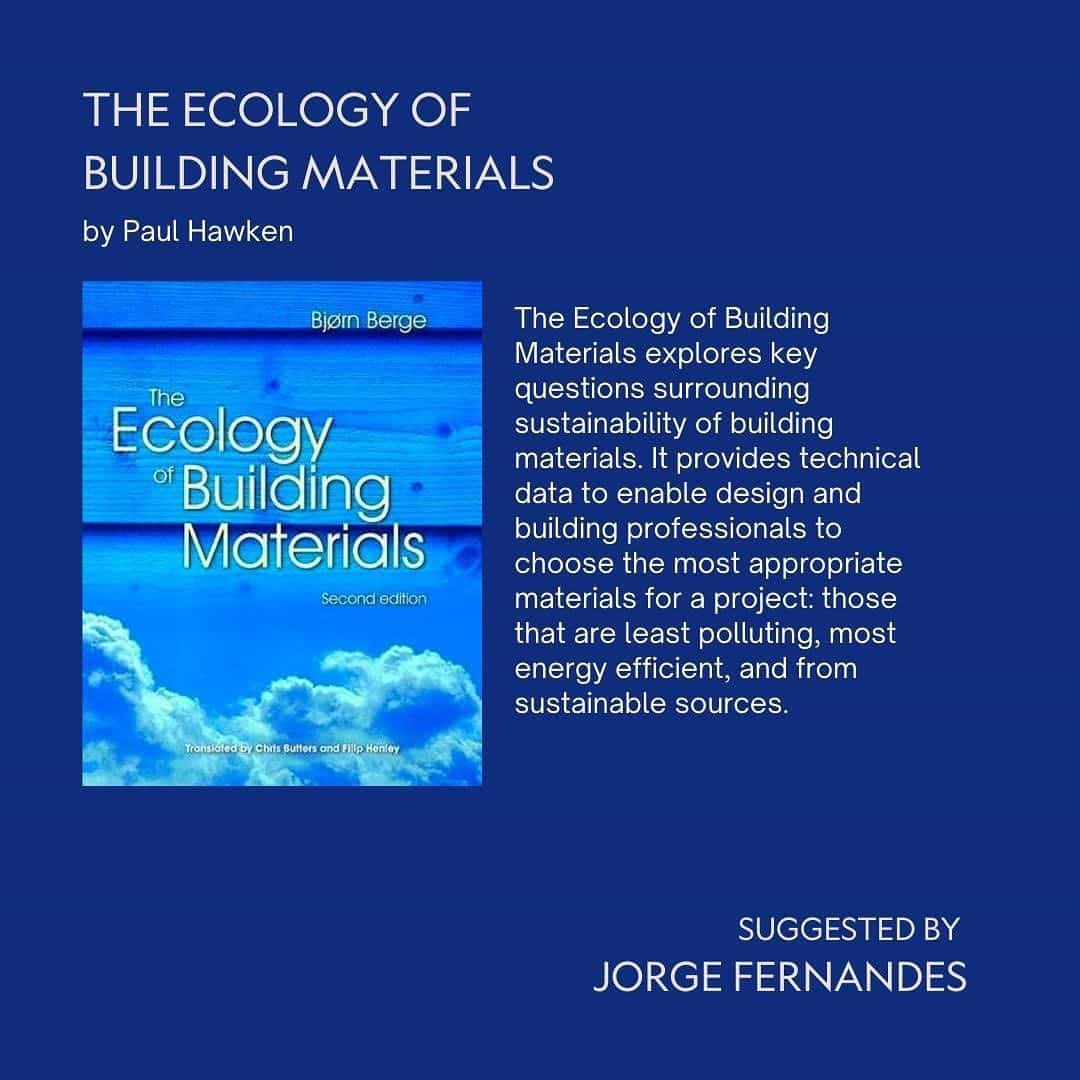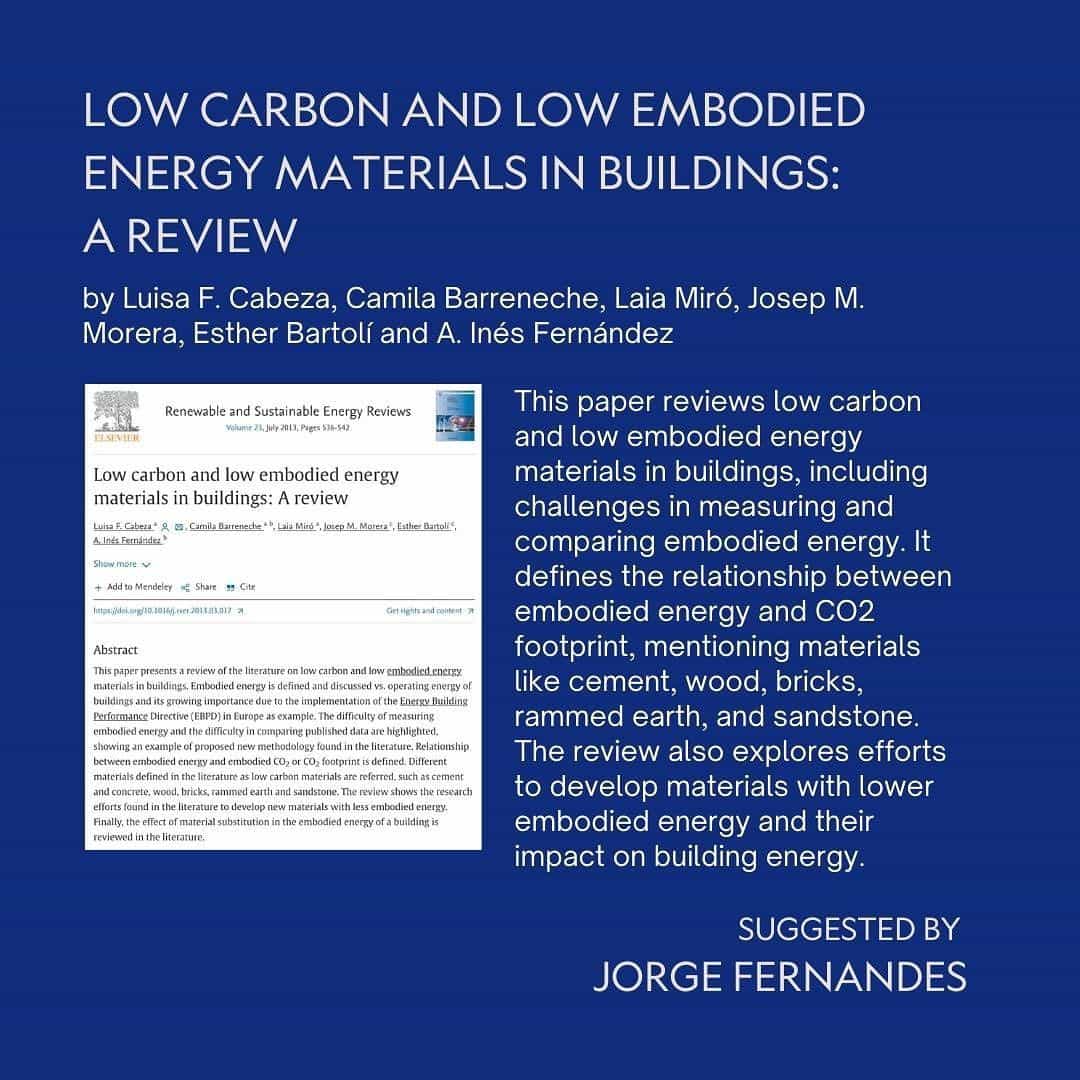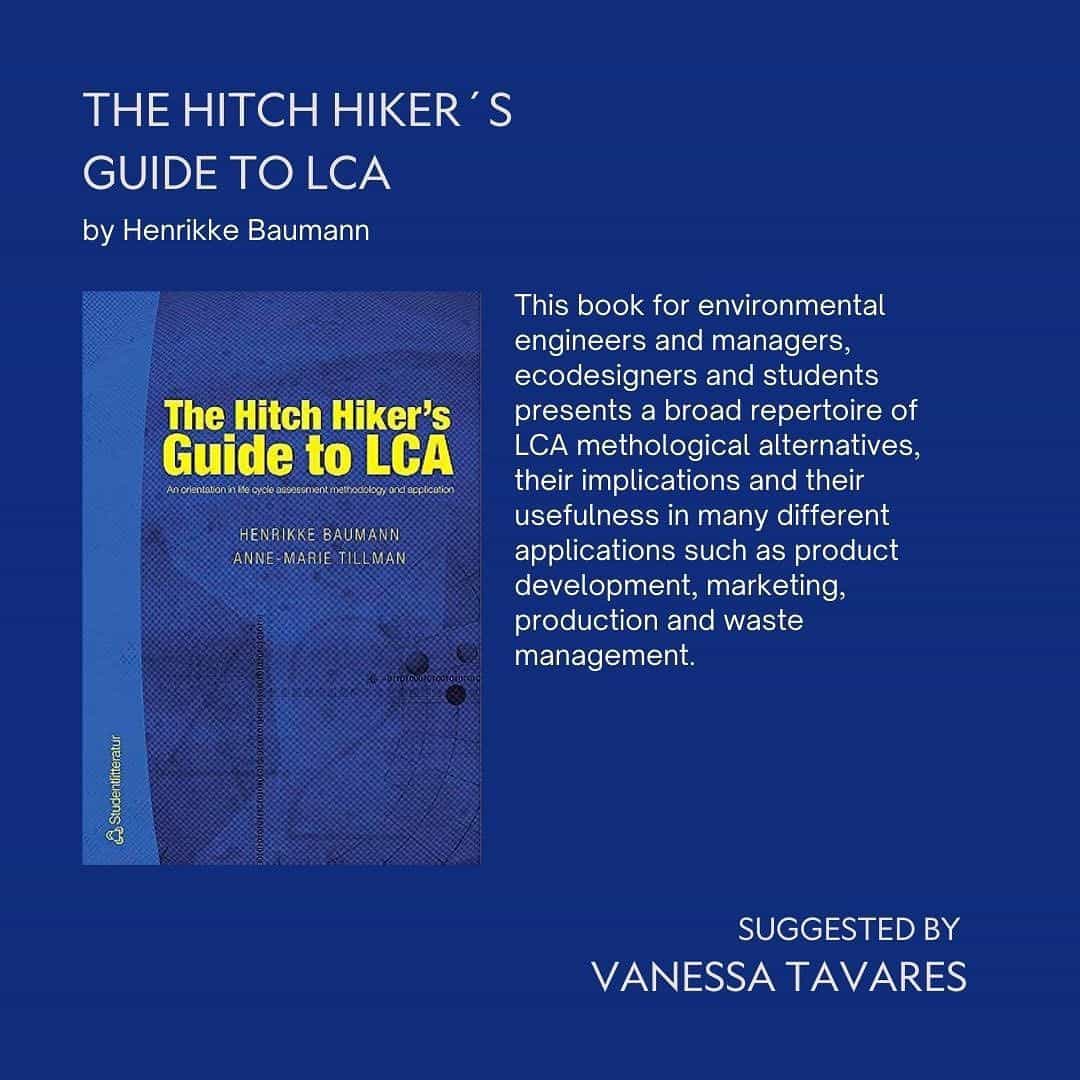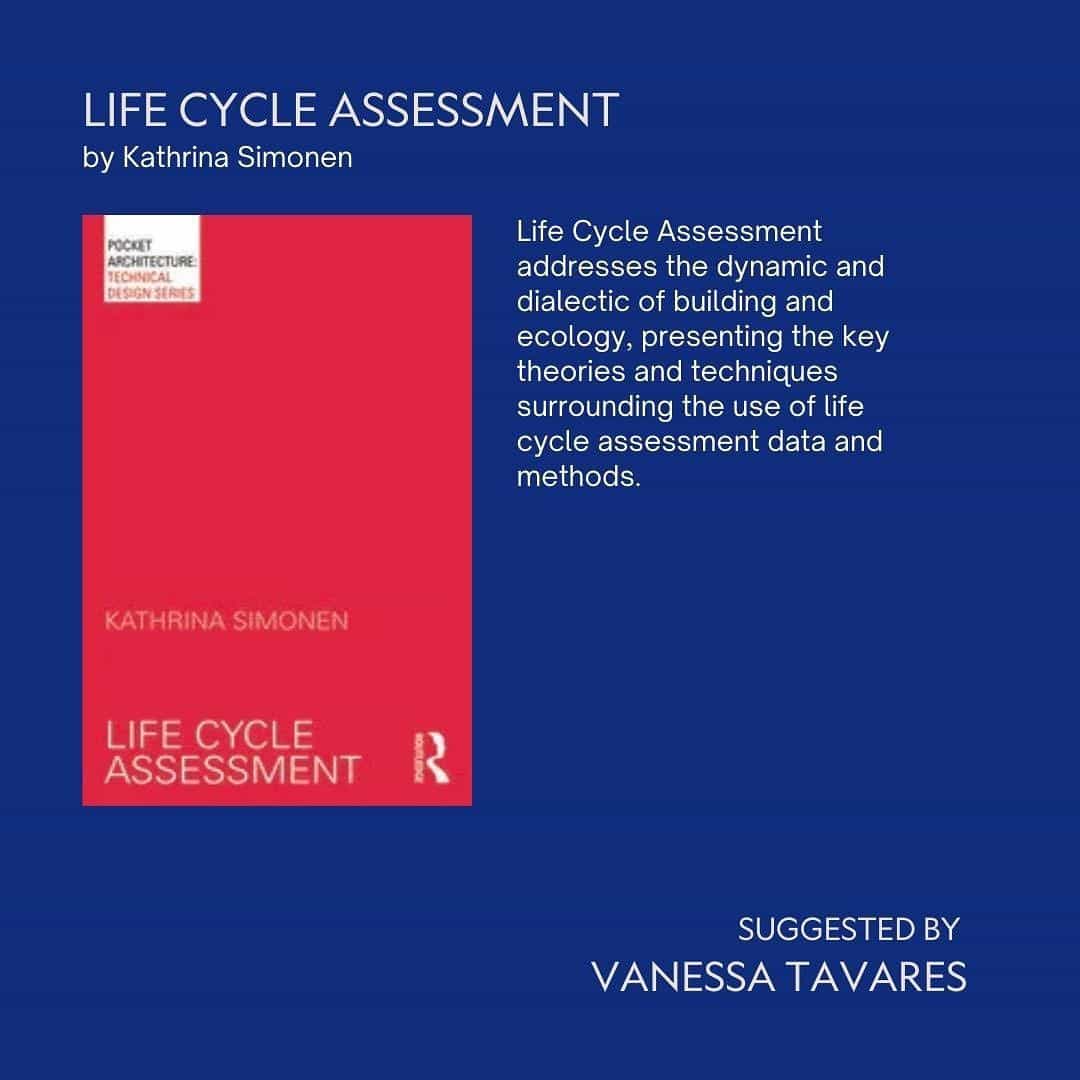
Much information was discussed with an interested audience last week on our Sundown Talks #2. The significance of regenerative and biomaterials, embodied carbon mitigation, and their influence on the construction industry has become a major topic for a carbon-neutral sector.
In recent years, the field of architecture has been undergoing a significant transformation, with sustainability and environmental consciousness taking center stage. The concept of "regenerative materials" has emerged as a promising approach to address the ecological challenges posed by traditional construction methods. Regenerative materials not only aim to minimize negative impacts on the environment but also actively contribute to restoring and enhancing natural systems. This paper explores the principles, benefits, and challenges of incorporating regenerative materials into architectural practices.
Check out our reading list to catch up on all the topics discussed:





The ecology of building materials
"The Ecology of Building Materials" addresses the sustainability of construction materials, aiding design and building professionals in selecting eco-friendly options. The book emphasizes choosing materials that are environmentally friendly, energy-efficient, and sourced sustainably. It covers recycling, durability, and Life Cycle Analysis, offering valuable guidance. In this updated edition, it explores building materials in relation to climate change, introduces new materials, and provides recycling methods. Additionally, it delves into the interaction between materials, indoor environments, ventilation, and energy usage. With full-color text and a user-friendly format, Bjørn Berge's book serves as a crucial reference guide for the construction industry, reflecting his expertise in sustainable building practices.

Low carbon and low embodied energy materials in buildings
A review
This paper reviews the literature on low carbon and low embodied energy materials in the construction of buildings. It discusses the concept of embodied energy in contrast to the operational energy of buildings and emphasizes its growing importance, especially in light of the Energy Building Performance Directive (EBPD) in Europe. The paper acknowledges the challenges of measuring embodied energy and comparing data, showcasing proposed new methodologies. It also explores the relationship between embodied energy and embodied CO2 or carbon footprint. Various materials, such as cement, wood, bricks, rammed earth, and sandstone, are identified as low carbon options. The review highlights research efforts to develop materials with lower embodied energy and examines the impact of material substitution on a building's embodied energy.
Link: www.sciencedirect.com/science/article/abs/pii/S1364032113001767

The Hitch Hiker's guide to LCA
This book is designed for environmental engineers, managers, ecodesigners, and students interested in Life Cycle Assessment (LCA), which evaluates a product's environmental impact throughout its entire life cycle, from raw material extraction to waste management. LCA is crucial for understanding and managing a product's environmental performance, making it essential for both industry professionals and government policymakers. The book offers a wide range of LCA methodologies, discusses their implications, and highlights their practical applications in product development, marketing, production, and waste management. It also provides comprehensive coverage of LCA applications and includes exercises to help readers understand and apply LCA concepts effectively.

Life cycle assessment
"Life Cycle Assessment" is a book aimed at architects, engineers, and builders, providing insights into the dynamic relationship between building and ecology. It explores key theories and techniques related to life cycle assessment (LCA) data and methods. The book emphasizes the growing responsibility of professionals in the construction industry to help building owners make eco-conscious decisions regarding materials, manufacturing, and assembly. It guides readers through the principles and practice of conducting LCA impact assessments on materials and entire buildings, emphasizing the importance of defining clear objectives and critically evaluating analysis assumptions. The book is part of the PocketArchitecture Series and offers both fundamental and advanced topics, serving as a practical resource for industry professionals seeking to integrate sustainability and life cycle considerations into their design and construction decisions.

Madalena Vidigal